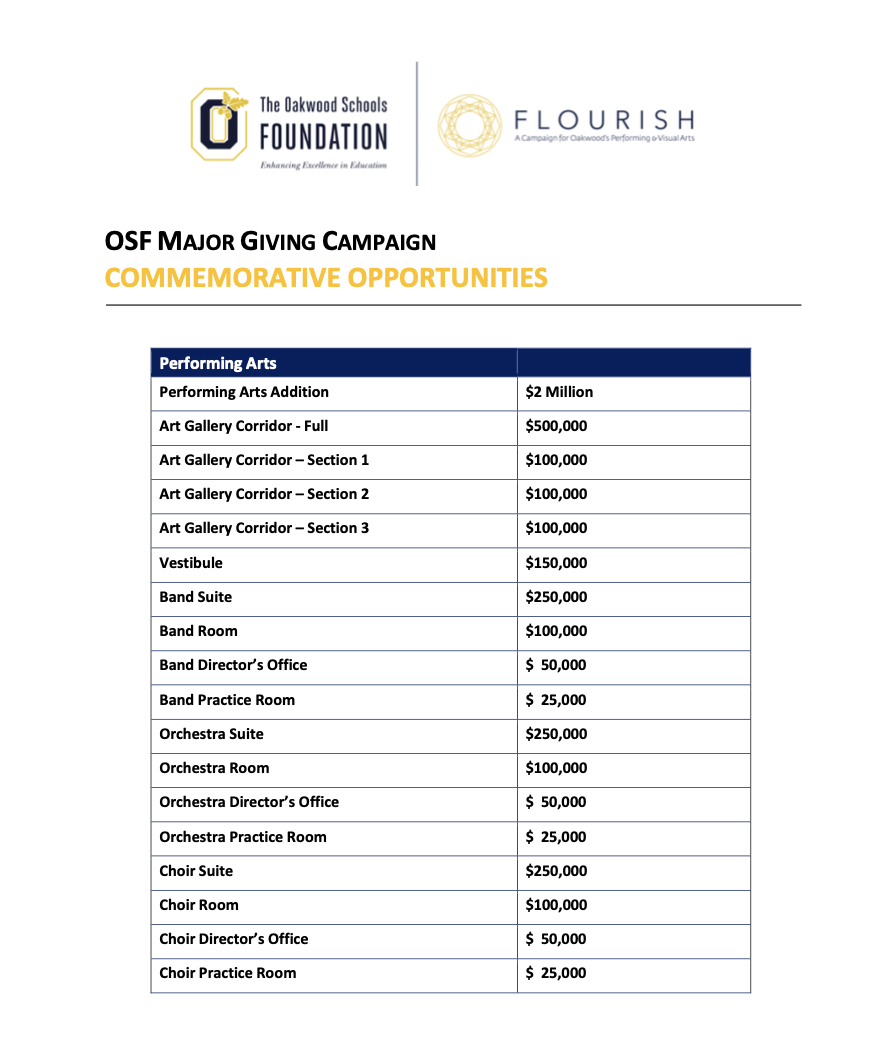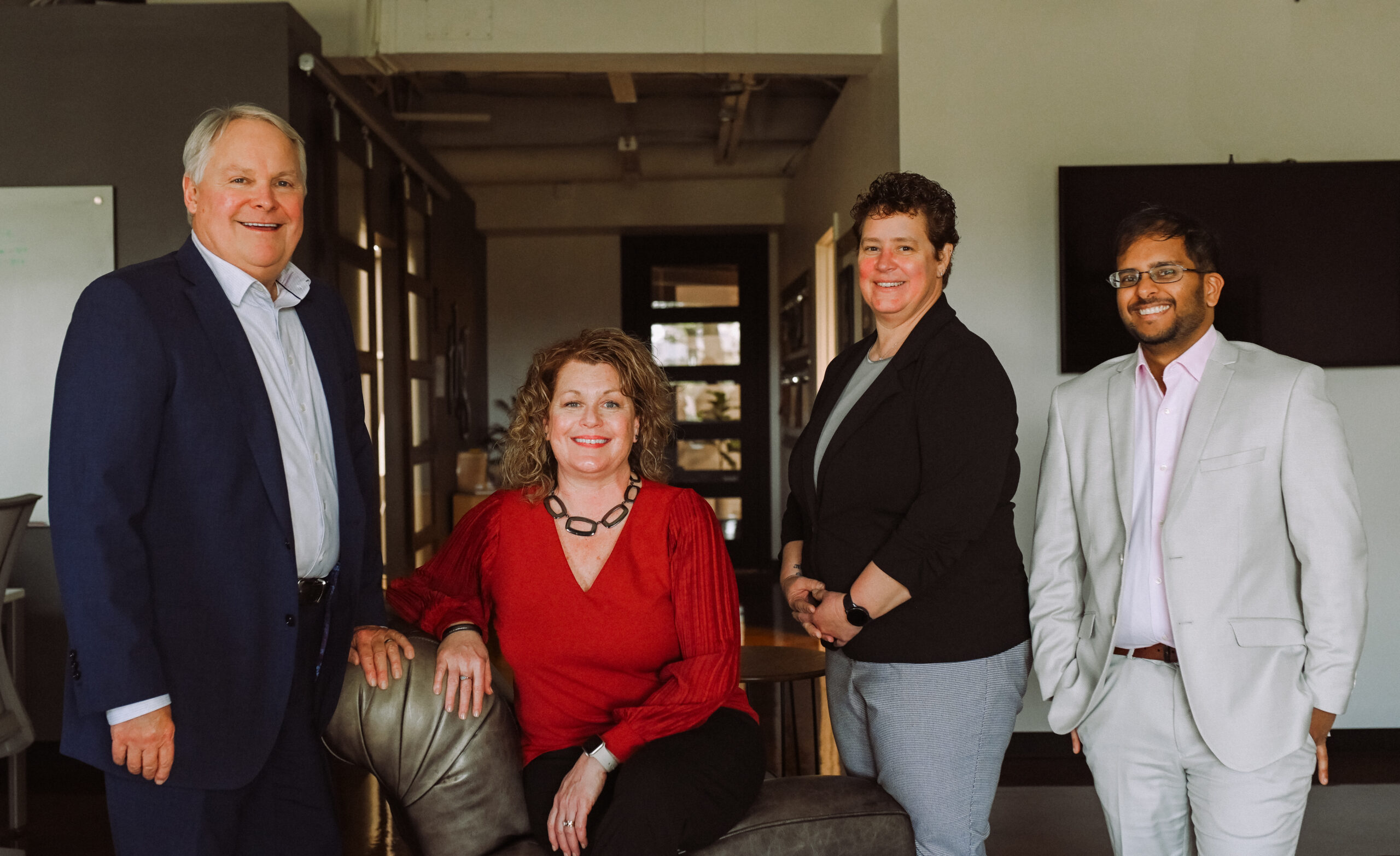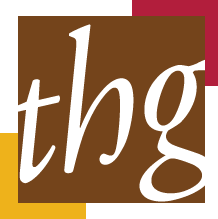THG Blog
Stay up to date on industry trends, featured clients, and more by reading our weekly posts.
-

Naming Rights Accelerate Philanthropy
Recognizing donors through naming rights not only acknowledges their generosity but also encourages others to follow suit. It sets a precedent for future giving and cultivates a sense of pride among supporters. Ultimately, naming rights present a win-win opportunity for both donors and organizations. Contact us today if you’d like to learn how to get…
-

Celebrate and Empower Your Volunteers
April is National Volunteer Month, a time for nonprofits to acknowledge the incredible dedication of their volunteers. These individuals contribute their time, talent, and passion to fuel the success of countless organizations, regardless of size or budget. From established multi-million-dollar charities to fledgling startups, a strong volunteer program is a cornerstone of achieving your mission.…
-

THG’s New Look
Recently, The Hodge Group celebrated our 35th Anniversary! Reflecting on the past 35 years, it has been an honor to be invited to walk alongside so many amazing non-profits as they work to improve their communities. From creating Cases for Support and conducting Feasibility Studies to assisting with Strategic Planning and leading board training; it…
Receive our latest posts in your inbox.
When you sign up for our monthly newsletter.
